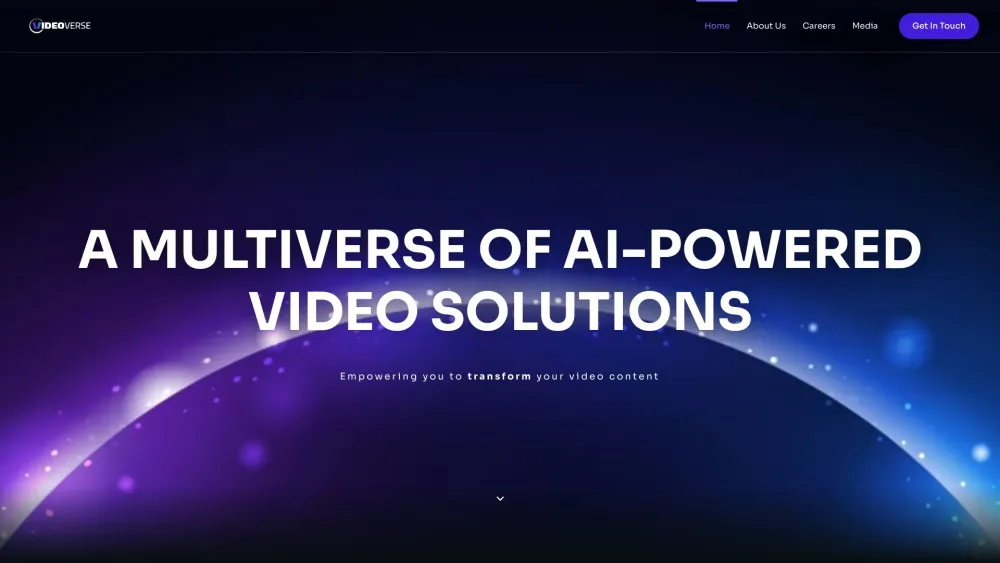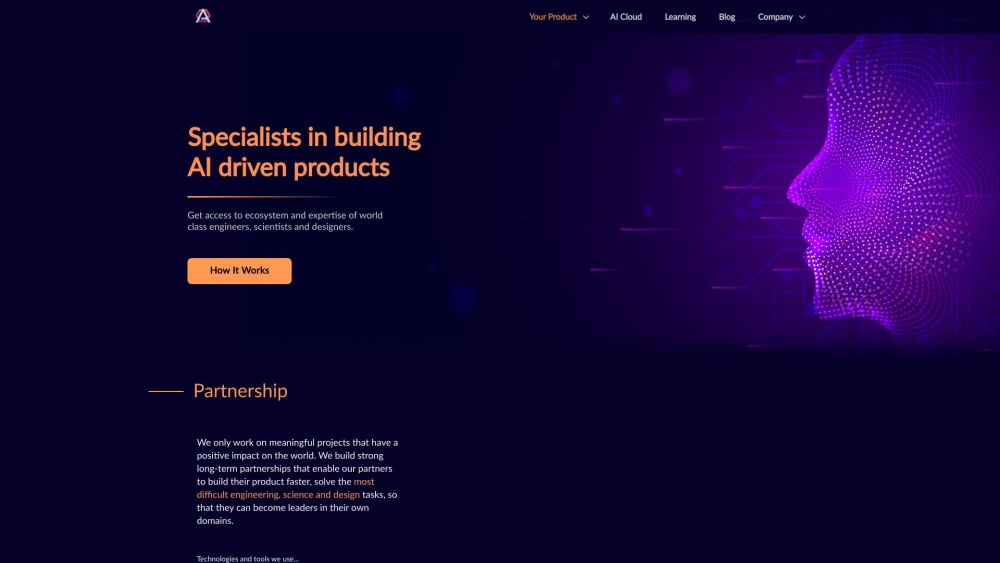British autonomous vehicle startup Wayve has made significant strides in advancing road navigation with the development of its cutting-edge AI system, LINGO-2. This innovative system integrates a language model with visual data, allowing it to interpret its surroundings while articulating its driving decisions in real time.
**Introducing LINGO-2: The Vision-Language-Action Model**
The foundation of LINGO-2 is its vision-language-action model (VLAM), which adeptly merges visual perception with language capabilities. By processing images captured from the vehicle's cameras and incorporating essential information such as road speed limits, LINGO-2 offers continuous verbal commentary on its driving choices. For instance, the system can explain why it slows down for pedestrians or details the maneuvers involved in safely overtaking another vehicle.
Furthermore, LINGO-2’s interactive features allow it to execute commands such as “pull over” or “turn right” upon prompt. Its advanced design also enables it to anticipate and respond to inquiries regarding upcoming road conditions and the rationale behind its decisions while driving.
**Real-World Testing and Capabilities**
Wayve recently conducted the first public road test of its VLAM technology, deploying LINGO-2 on a route through central London. During this test, LINGO-2 demonstrated its ability to seamlessly change lanes, adjust speed in response to traffic flow, safely navigate around buses, and halt at red traffic signals.
The mechanics of LINGO-2 are a significant advancement, combining Wayve’s proprietary vision model with an auto-regressive language model. The visual model transforms camera images into a structured sequence of tokens, integrating dynamic variables like speed and route details. This data is then fed into the language model, which predicts driving trajectories and generates commentary that guides the vehicle's next actions.
**The Future of Natural Language Interaction in Autonomous Vehicles**
According to insights shared by Wayve, models like LINGO-2 pave the way for enhanced learning through natural language interactions. The potential for natural language interfaces in autonomous driving may eventually allow users to engage in conversation with the driving model, fostering a deeper understanding of these systems and building trust in their operation.
Wayve is committed to further investigating the safety of using language to control vehicle behavior. After successful off-road simulations in its proprietary platform, Ghost Gym, the company aims to expand its real-world experiments to fully ensure the safety of these innovations on public roads.
Founded in 2017, Wayve has garnered support from notable backers, including Microsoft, online supermarket Ocado, Virgin Group founder Sir Richard Branson, and internet pioneer Sir Tim Berners-Lee. As the landscape of autonomous vehicle technology continues to evolve, Wayve's breakthroughs represent an exciting step forward in the intersection of AI, language, and transportation safety.






